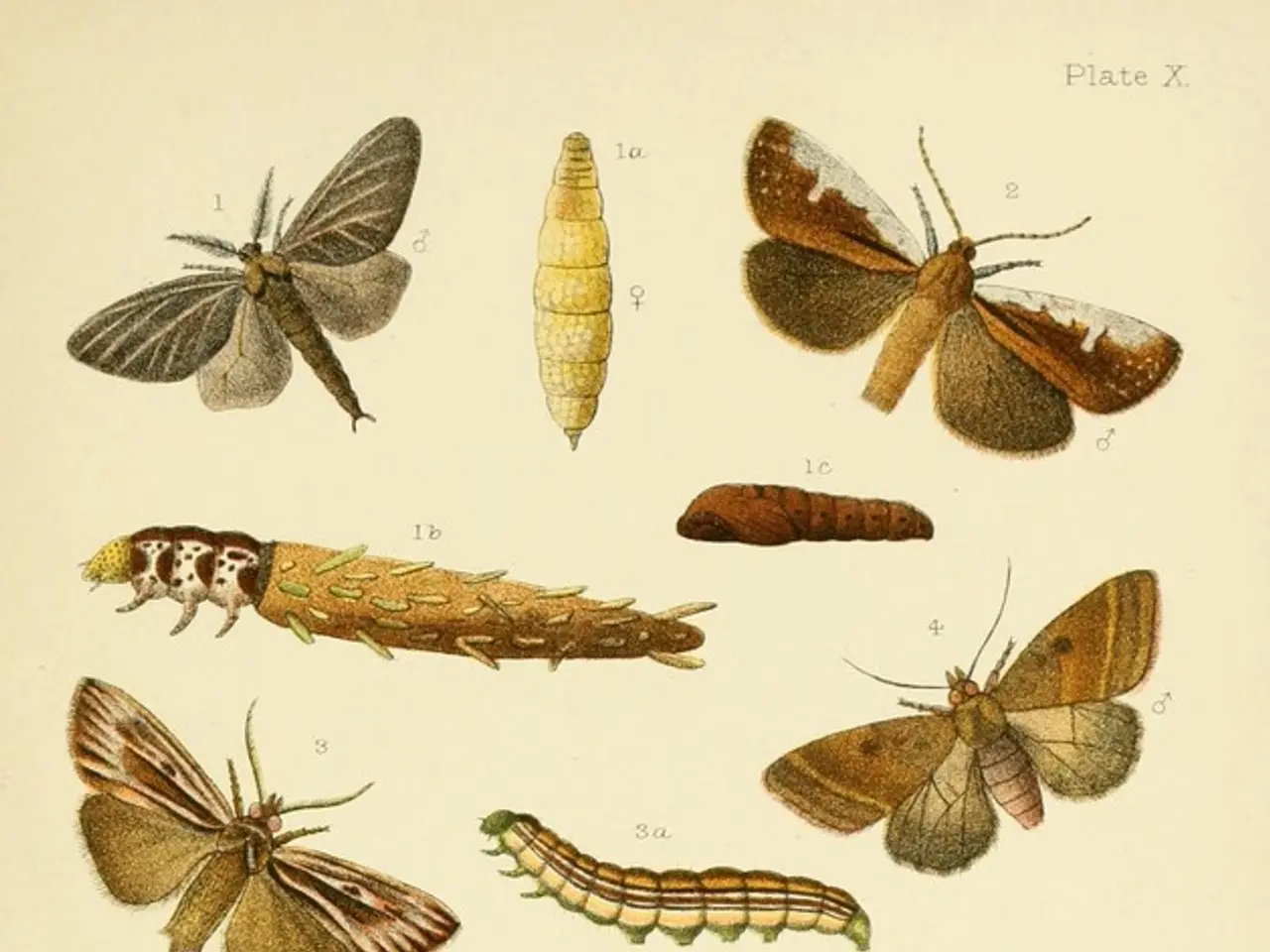Insects known as ticks and the illnesses they transmit, collectively referred to as tick-borne diseases.
Ohio is home to a variety of tick species, each capable of transmitting different diseases to humans and pets. Here's a breakdown of the common tick species found in the state and the diseases they can potentially transmit.
## Common Tick Species in Ohio
1. **American Dog Tick (Dermacentor variabilis)** - Transmits: Rocky Mountain Spotted Fever (RMSF) - Found predominantly in grassy, bushy, or wooded areas
2. **Blacklegged Tick (Ixodes scapularis), also known as the Deer Tick** - Transmits: Lyme Disease, Anaplasmosis, Babesiosis, and Powassan Virus Disease - Commonly found in wooded and brushy areas
3. **Lone Star Tick (Amblyomma americanum)** - Transmits: Causes an allergy to red meat known as Alpha-gal and can also transmit Ehrlichiosis and Southern Tick-Associated Rash Illness (STARI) - Increasingly common in southern Ohio
4. **Brown Dog Tick (Rhipicephalus sanguineus)** - Transmits: Ehrlichiosis and Anaplasmosis - Unique in that it can live indoors and infest homes where dogs are present
5. **Asian Longhorned Tick (Haemaphysalis longicornis)** - Transmits: While its disease transmission potential in the U.S. is not fully understood, it can transmit Theileria orientalis to livestock and potentially other pathogens to humans - An invasive species noted for its rapid population growth due to parthenogenesis
These ticks pose a significant risk to public health, especially during peak tick season from spring to autumn. To manage tick infestations, it's essential to understand their habits and behaviours.
For instance, the American dog tick is the most commonly encountered species throughout Ohio and is the primary transmitter of RMSF. On the other hand, the brown dog tick, although uncommon, is the only tick that can become established indoors in homes with dogs and kennels. This species can complete a generation in approximately 60 days with optimal temperatures and readily available dog hosts.
The blacklegged tick, although not as common as the American dog tick, has become more prevalent in Ohio since 2010, particularly in regions with forest habitat. It's the only vector of Lyme disease in the eastern and Midwestern United States.
Treatment of the premises outside the home should include grassy and brushy areas around outbuildings and kennels, sites where the dog rests, and underneath doghouses where ticks may reside during off-host periods. Pesticide application indoors should target areas frequented by the dog, particularly its sleeping and resting sites where ticks are likely to have dropped off.
It's important to note that brown dog ticks rarely feed on humans, preferring dogs as their host. However, the lone star tick, increasingly common in southern Ohio, can cause an allergy to red meat known as Alpha-gal.
In Ohio, the brown dog tick has not been implicated in human disease transmission, but it has been identified as a transmitter of RMSF to humans in the southwestern United States and along the U.S.-Mexico border. Nationwide, the brown dog tick is an important, but uncommon, transmitter of RMSF and several other disease organisms to dogs.
Stay vigilant and protect yourself and your pets from these blood-feeding parasites. Regularly check for ticks after outdoor activities, especially during peak seasons, and consult a healthcare professional if you suspect a tick bite or develop symptoms of a tick-borne disease.
- Science plays a crucial role in understanding the medical-conditions and chronic diseases that ticks in Ohio can transmit, such as Rocky Mountain Spotted Fever from American Dog Ticks and Lyme Disease from Blacklegged Ticks.
- Environmental-science, particularly climate-change, may influence the prevalence of tick species in Ohio, as some ticks, like the Lone Star Tick, are increasingly common in southern Ohio.
- Health-and-wellness advisories may include concerns about tick-borne diseases, as ticks can transmit more than just Lyme Disease, like Anaplasmosis and Babesiosis, and cause allergies to red meat, like the Alpha-gal allergy from Lone Star Ticks.
- Fitness-and-exercise enthusiasts should be aware of the risk of tick bites during outdoor activities, particularly in peak seasons, and should regularly check for ticks afterwards.
- Skin-care practices may need to consider the potential risks of tick bites, as some ticks can leave behind a rash or cause a skin reaction.
- Mental-health concerns can also arise from the fear of contracting tick-borne diseases, as the threat posed by ticks can be stressful and affect one's quality of life.
- Sports-betting enthusiasts should be cautious when placing bets on activities that may involve outdoor exposure to ticks, as the risk of tick bites can impact their wellness and ability to fully enjoy their bets.








